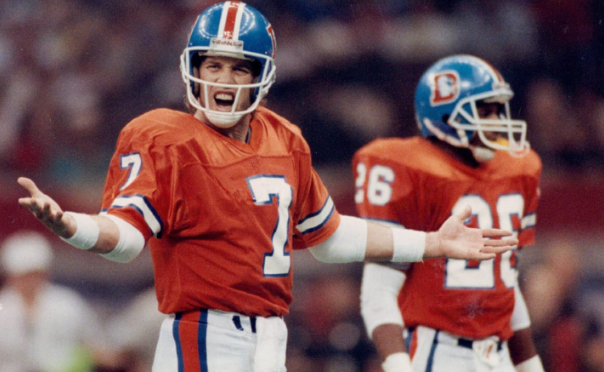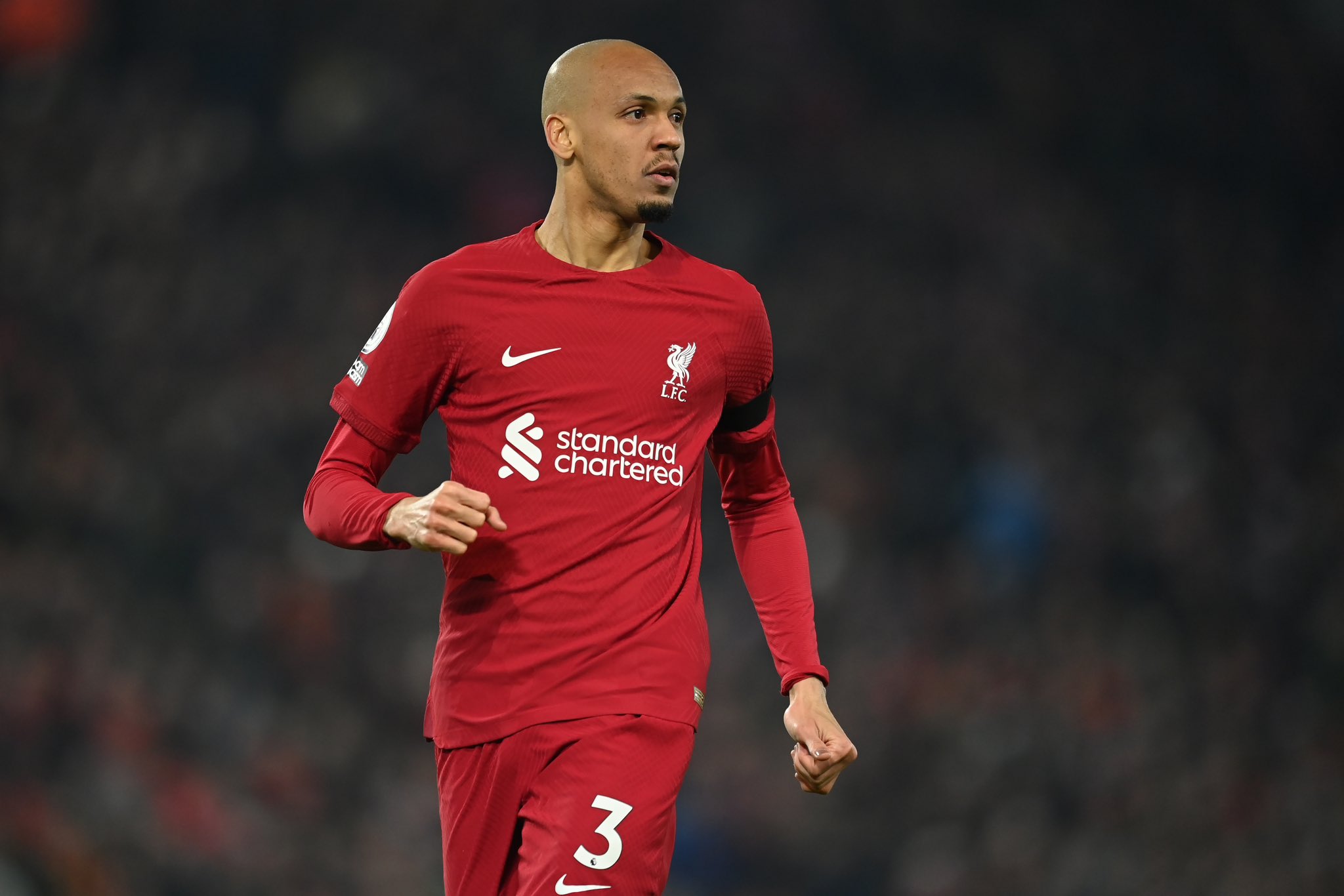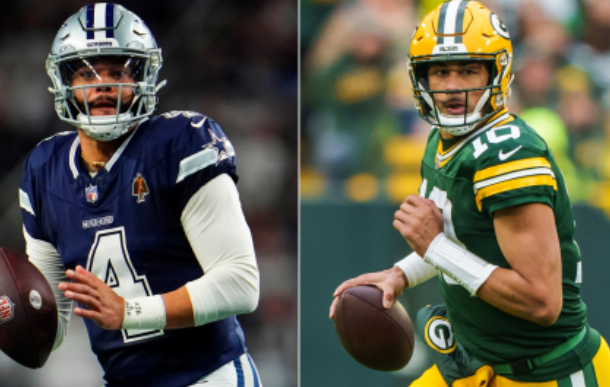Many teams have justified offseason hype, but summer buzz can lead to bitter disappointment. Other squads have failed to either live up to expectations or keep up with their previous pace, leading to missed opportunities and/or sweeping changes. Here are the NFL’s most notable letdown teams since the AFL-NFL merger.
Minnesota Vikings
Brett Favre’s third unretirement could not produce the Super Bowl-caliber season his second such decision did. Vikings veterans Jared Allen, Steve Hutchinson, and Ryan Longwell trekked to Mississippi and convinced Favre to lead another strong roster, but the Hall of Famer’s 20th season was well off the level of his MVP-caliber 19th. Minnesota dipped from 13-3 in 2009 to 6-10. Favre’s games-played streak finally snapped that December and the Vikes’ decision to reacquire Randy Moss via trade backfired spectacularly. Moss clashed with HC Brad Childress, teammates, and the media (and a Twin Cities-area catering staff) and only played four games as a Viking before being waived. Favre retired for good at the season’s end.
Philadelphia Eagles
Antonio Brown had to toil for a bit to topple Terrell Owens for wide receiver-distraction supremacy. Owens submitted a diva masterpiece in 2005. It largely sunk the defending NFC champions. A contract squabble (a year after Owens signed his first Eagles deal), leading to the driveway sit-up scene, came after Owens took shots at Donovan McNabb and engaged in a shouting match with Andy Reid. The Eagles went 4-3 with Owens but finished 6-10, having followed the 2003 Buccaneers’ lead (Keyshawn Johnson) by banishing their high-maintenance WR1 midseason. Although Owens later caused trouble in Dallas, this season served as the main reason the superstar became a third-ballot Hall of Famer.
Philadelphia Eagles
The lockout condensed the 2011 offseason into several late-summer days, and a consensus formed around the Eagles — who had made three straight playoff berths — winning that frenzied period. Ace cornerback Nnamdi Asomugha, rising corner Dominique Rodgers-Cromartie, D-linemen Jason Babin, Cullen Jenkins, and guard Evan Mathis comprised a monster offseason haul. ESPN’s Matthew Berry advised fantasy GMs to take Michael Vick first overall. The controversial QB could not replicate his 2010 Pro Bowl season, and the Eagles — despite ranking in the top 10 on offense and defense — went 8-8 to turn Vince Young’s “Dream Team” reference into a punchline. This combustion led Andy Reid out of town a year later.
St. Louis Rams
Kurt Warner’s Rams unraveling brought one of the stranger chapters in modern QB history. The two-time MVP missed 10 games due to injury, but the Rams were 0-6 with their superstar starter. Viewed as ready to shake off its Super Bowl XXXVI upset loss, St. Louis started 0-5 and could neither score nor defend. The Warner-led “Greatest Show on Turf” offense ranked 23rd in scoring; the oft-maligned Ram defense matched that ranking in a shocking 7-9 season. Remnants of that stratospheric offense remained, with Marshall Faulk making the Pro Bowl and the Isaac Bruce-Torry Holt tandem each topping 1,000 yards. But Marc Bulger was suddenly at the controls. It took Warner (cut in 2004) a while to recover from this season.
Cleveland Browns
While this franchise recovered quickly and became one of the NFL’s 21st-century flagships, the Browns-to-Ravens metamorphosis left Cleveland football in ruins. The Browns were coming off an 11-5 1994 season, and Sports Illustrated projected them to reach Super Bowl XXX. Art Modell’s November 1995 declaration he was moving the Browns to Baltimore sent Bill Belichick’s fifth Cleveland season into a tailspin. The Browns were 4-4 before that announcement; they lost their next six en route to 5-11. The Browns had paid up for Pro Bowl wideout Andre Rison that year, but nothing went according to plan. The Ravens ditched Belichick and Rison in 1996. The Ravens grew into a model franchise; Browns 2.0 has never come close.







